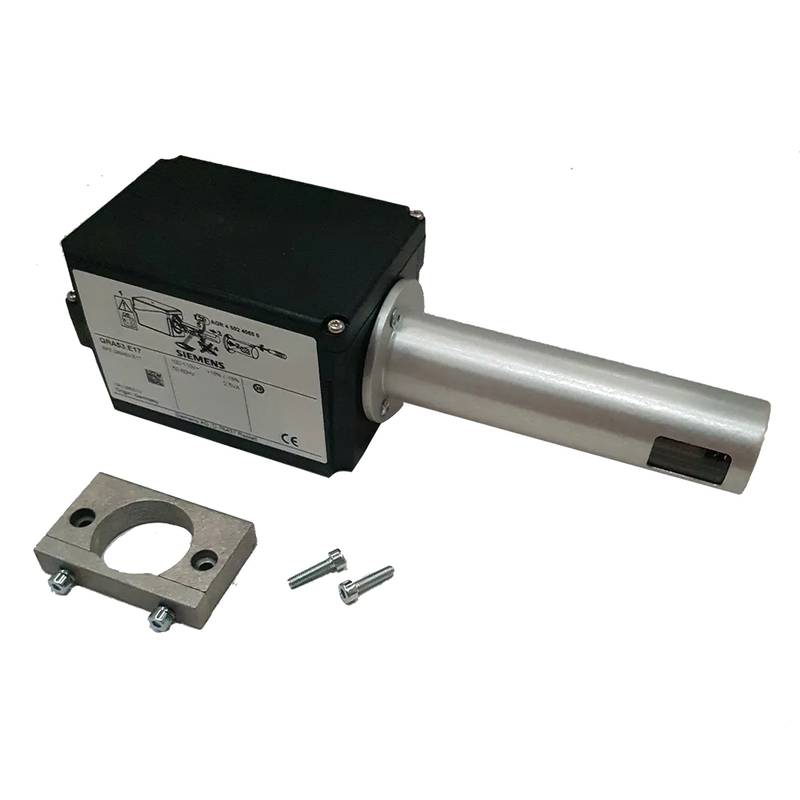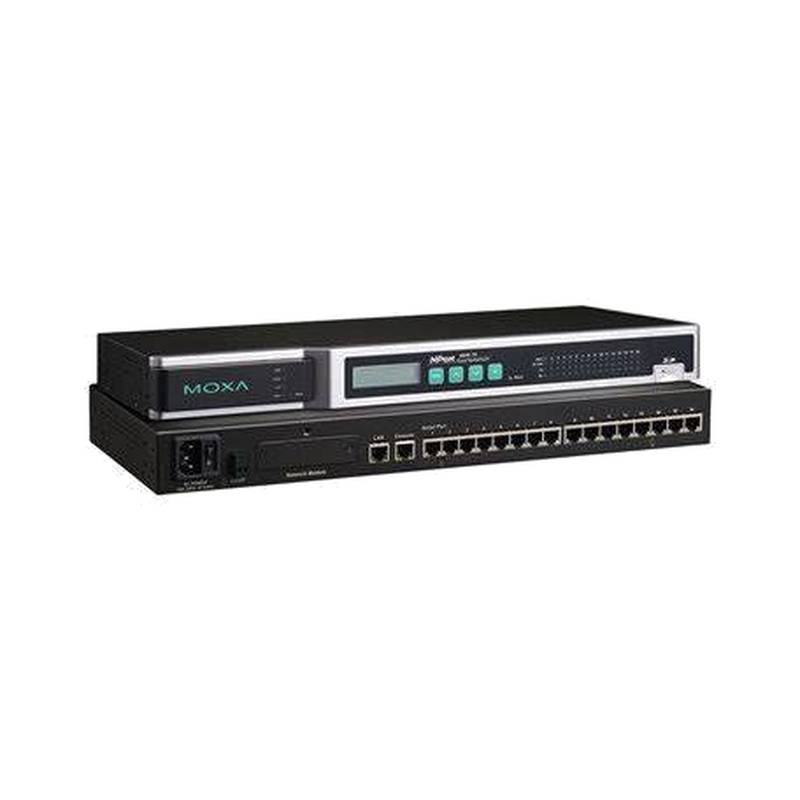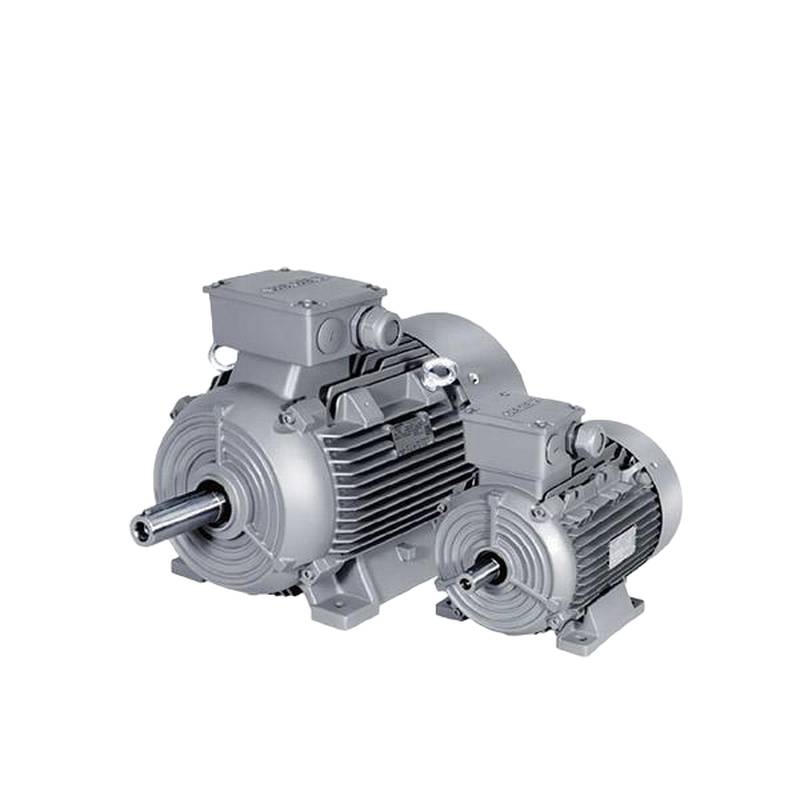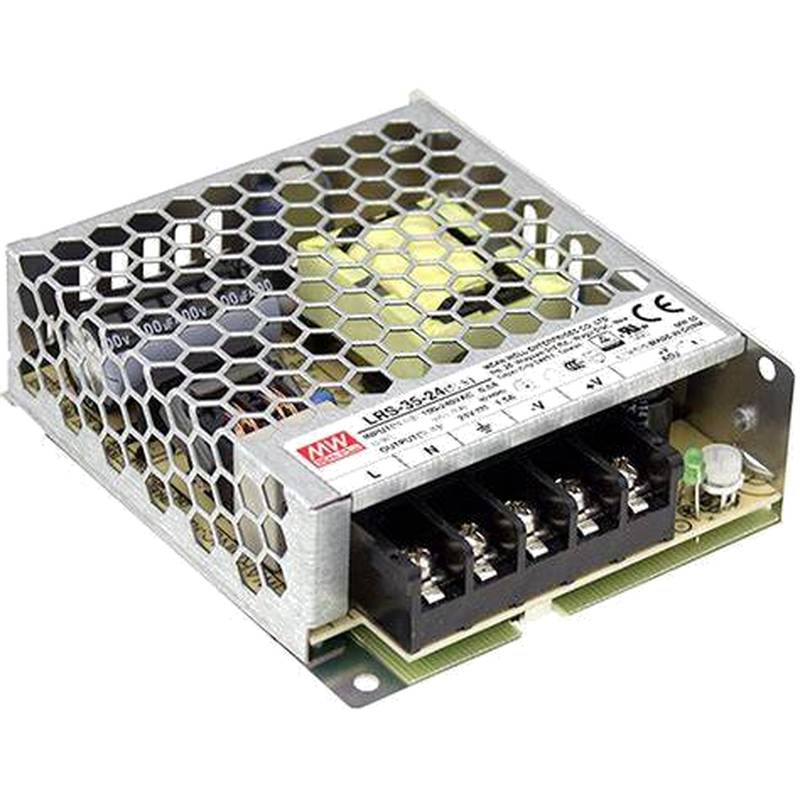
The Siemens 3RT6024-1BF40 Enhanced Contactor Function Module is a crucial component for advanced control systems, offering reliable switching for demanding industrial applications. This module, operating at 110VDC and rated for 12A with 3 normally open (NO) contacts, provides enhanced functionality and integration capabilities. Its key advantages lie in its robust design, precise control, and seamless compatibility within the Siemens ecosystem, ensuring efficient and safe operation.
Product Specifications
| Parameter | Value |
| :-------------------- | :-------------------- |
| Product Type | Contactor Function Module |
| Manufacturer | Siemens |
| Model Number | 3RT6024-1BF40 |
| Voltage Rating | 110V DC |
| Current Rating | 12A |
| Contact Configuration | 3 NO (Normally Open) |
| Series | SIRIUS |
Core Features & Market Positioning
The Siemens 3RT6024-1BF40 distinguishes itself through its advanced SIRIUS series features, designed for high operational reliability and long service life. This contactor module integrates seamlessly with other Siemens automation components, offering a unified control architecture. Its robust construction ensures performance even in harsh industrial environments, positioning it as a premium solution for critical switching tasks. The enhanced functionality allows for sophisticated control strategies beyond basic on/off switching, making it a valuable asset in modern automation setups.
Key Application Scenarios
This Siemens 3RT6024-1BF40 Enhanced Contactor Function Module finds extensive use in motor control applications, particularly where precise and reliable starting and stopping of equipment is paramount. It is ideal for controlling pumps, fans, conveyors, and other machinery in manufacturing plants, water treatment facilities, and building automation systems. The 110VDC rating makes it suitable for applications with DC power supplies, common in specialized industrial settings or for backup power systems. Its 12A capacity is well-suited for medium-sized loads, offering a balance of power handling and compact design.
Practical System Integration Guidance
Integrating the Siemens 3RT6024-1BF40 into existing control systems is straightforward due to its standard terminal connections and compatibility with the broader SIRIUS product line. Wiring should follow standard industrial practices, ensuring secure connections to the control circuitry and the load. For DC voltage applications, correct polarity must be observed. When used in conjunction with Siemens PLCs or other automation controllers, the module can be easily incorporated into logic programming, allowing for complex sequences and interlocks. Users should consult the official Siemens technical documentation for detailed wiring diagrams and recommended integration practices to ensure optimal performance and safety.
Operation and Risk Mitigation
Safe operation of the Siemens 3RT6024-1BF40 is ensured through adherence to electrical safety standards and proper installation. It is crucial to de-energize circuits before performing any maintenance or wiring. Overloading the contactor beyond its 12A rating can lead to premature failure and potential hazards. Users should implement appropriate overcurrent protection devices in the circuit. In case of malfunction, the module's clear contact status indicators, if applicable to the specific variant, can aid in diagnostics. Referencing the product's user manual for fault codes and troubleshooting steps is essential for minimizing downtime and ensuring system integrity.
Scalability & Long-Term Value
The Siemens 3RT6024-1BF40 offers excellent scalability and long-term value, particularly when integrated within the Siemens industrial automation portfolio. Its compatibility with other SIRIUS components and broader Siemens control platforms, such as SIMATIC PLCs, allows for system expansion and upgrades without compromising existing infrastructure. This modular design facilitates easy replacement or addition of components as operational requirements evolve. Furthermore, Siemens' commitment to innovation means that such components are often designed with future digital integration in mind, supporting the transition towards Industry 4.0 and the Industrial Internet of Things (IIoT) for enhanced data analytics and predictive maintenance capabilities.
Frequently Asked Questions (FAQs)
What is the primary function of the Siemens 3RT6024-1BF40?
The Siemens 3RT6024-1BF40 serves as an enhanced contactor function module, designed for reliable switching. It manages electrical circuits, enabling control over motor starts and stops or other load operations.
This module is essential for automating industrial processes and ensuring safe, efficient operation of machinery. Its robust design ensures longevity in demanding environments.
It provides three normally open (NO) contacts, ideal for controlling various loads simultaneously or establishing control interlocks within a system.
Can this contactor module be used in AC circuits?
No, the Siemens 3RT6024-1BF40 is specifically rated for 110V DC (Direct Current) operation. Using it in AC circuits can lead to malfunction or damage.
Always ensure your power supply voltage and type match the product's specifications to prevent equipment failure and safety hazards. Consult the product datasheet for precise operating parameters.
For AC applications, Siemens offers a wide range of contactors designed for alternating current, such as those in the 3RT2 or 3RT1 series.
What are the implications of the 12A current rating for this contactor?
The 12A rating indicates the maximum continuous current the Siemens 3RT6024-1BF40 can safely switch or carry without overheating. Exceeding this limit can cause contact welding or coil burnout.
It is crucial to size your electrical loads appropriately and ensure that the motor's full load current (FLC) or the general load current does not surpass 12A. Always include a safety margin in your calculations.
For applications with higher current requirements, a larger contactor or a combination of contactors with overload relays would be necessary. Always refer to the motor's nameplate and relevant electrical codes.
How does this module enhance standard contactor functionality?
This enhanced function module offers advanced control capabilities beyond simple on/off switching. It allows for more complex logic integration and potentially diagnostic feedback.
Such modules can be crucial for implementing sophisticated safety interlocks, sequence controls, or for providing status signals to a central control system. This enables more intelligent automation.
The "enhanced" designation suggests potential for auxiliary contacts, integrated surge suppression, or other features that improve performance, reliability, or integration into advanced control architectures.
What is the significance of the 3NO contact configuration?
The 3NO configuration means that when the contactor is energized, three independent sets of contacts will close, allowing current to flow to the load. These contacts are normally open when the coil is de-energized.
This setup is commonly used for direct motor control, where each NO contact can be used in series with the motor windings for starting. It also allows for the control of multiple circuits simultaneously.
Three NO contacts provide redundancy or the ability to control separate circuits or components from a single control signal, offering flexibility in system design.
What type of protection is recommended when using the 3RT6024-1BF40?
Appropriate overcurrent protection, such as fuses or circuit breakers, must be installed in series with the contactor's power terminals. This protects the contactor and downstream equipment from fault currents.
Consider using thermal overload relays or electronic overload relays, coordinated with the contactor, to provide accurate motor protection against sustained overloads and phase failures.
The specific protection device should be selected based on the load characteristics and local electrical codes to ensure compliance and optimal safety.
Is the Siemens 3RT6024-1BF40 compatible with other SIRIUS components?
Yes, the Siemens 3RT6024-1BF40 is part of the extensive SIRIUS modular system, ensuring excellent compatibility with other SIRIUS devices like overload relays and communication modules.
This interoperability allows for seamless integration into larger automation solutions, simplifying wiring, commissioning, and maintenance across a plant or system.
Users can confidently build complex control panels using various SIRIUS components, benefiting from Siemens' established ecosystem for industrial control.
What safety precautions should be taken during installation?
Always ensure the power supply is disconnected and locked out before commencing any installation work. Verify that all wiring conforms to local electrical codes and standards.
Proper grounding of the control panel and the contactor's mounting structure is essential for electrical safety and to prevent potential shock hazards.
If unsure about the installation process, consult a qualified electrician or refer to the detailed installation manual provided by Siemens for specific guidance.
Where can I find detailed technical documentation for this product?
Detailed technical documentation, including datasheets, wiring diagrams, and installation instructions, can typically be found on the official Siemens Industry Online Support (SIOS) portal.
Searching the Siemens website with the exact product number (3RT6024-1BF40) should lead you directly to the relevant product pages and downloadable PDF manuals.
Always use the most current documentation available to ensure accuracy and compliance with the latest specifications and safety recommendations.
What is the typical lifespan of this Siemens contactor module?
The lifespan of the Siemens 3RT6024-1BF40 depends heavily on the application, switching frequency, load conditions, and environmental factors. Siemens products are known for their durability.
Under normal operating conditions and with proper application sizing, these contactor modules are designed for millions of switching cycles, providing long-term reliability in industrial settings.
Regular maintenance, adherence to operational limits, and implementing appropriate protection measures will significantly contribute to maximizing the operational life of the component.

























